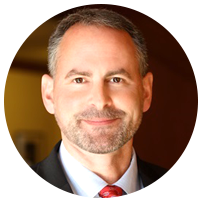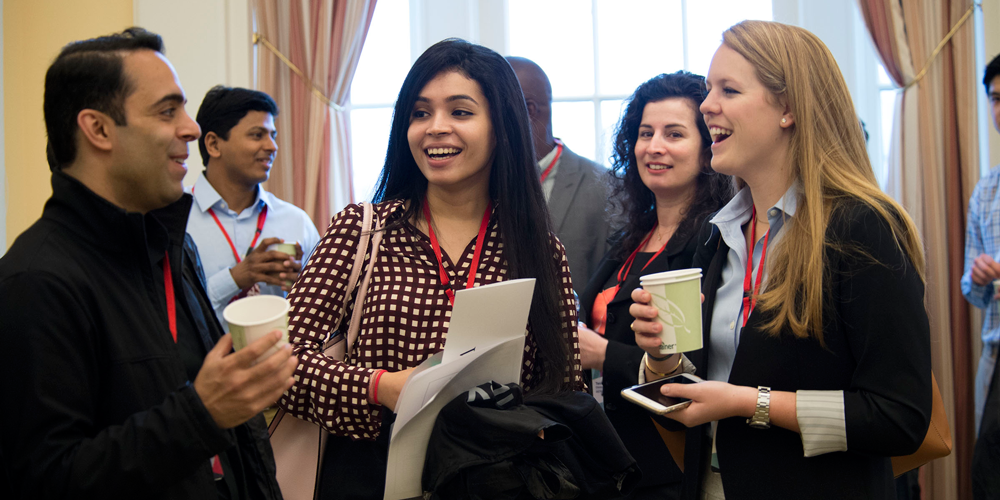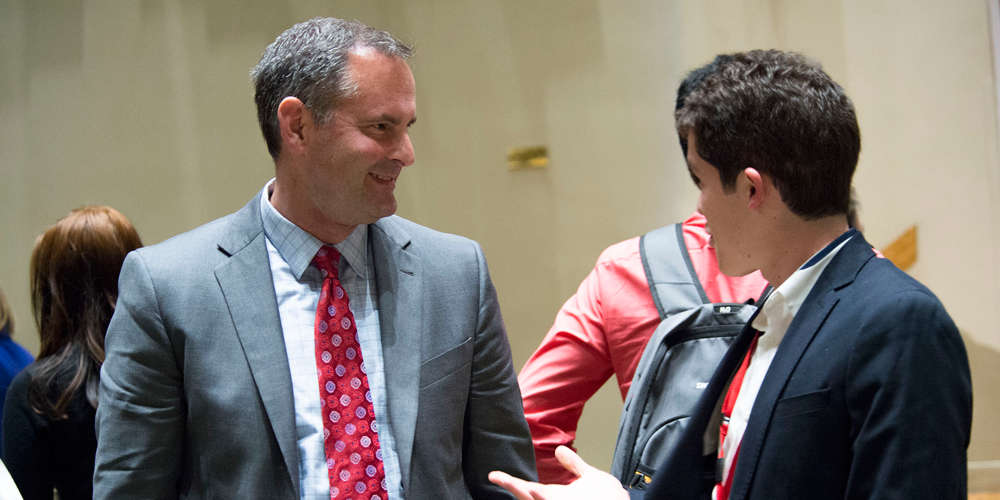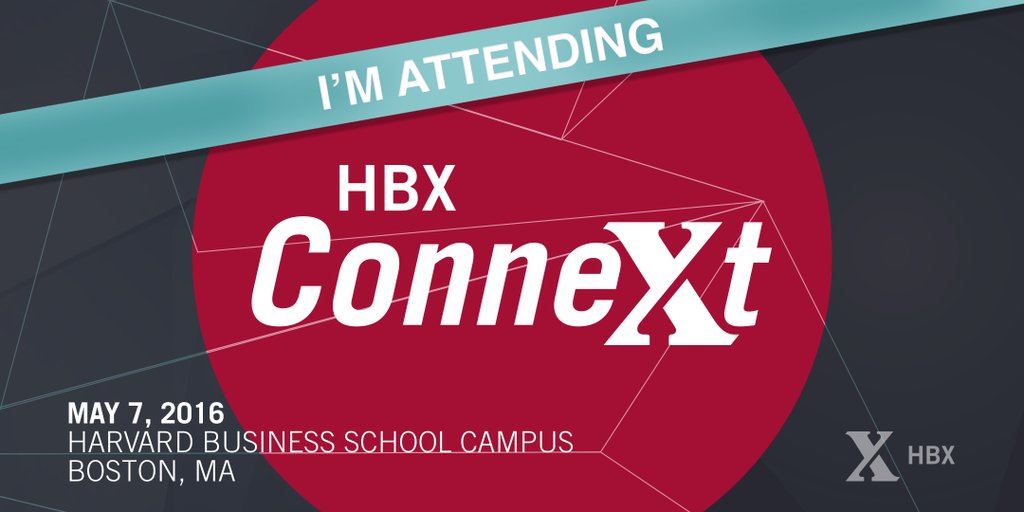
I was recently in New York City to speak at the Harvard Business School club there and, for the first time in a while, had the opportunity to ride in a few iconic Yellow Taxis. While sitting in the back seat of two of these taxis during my stay, lurching to and fro through the canyons of Manhattan, I watched looping video snippets on the flat panel television in front of me. Scenes from Late Night with Jimmy Kimmel and Live with Kelly encouraged riders to tune in when at home. But what caught my eye more than these was a promotion for Arro, Yellow Taxi’s answer to Uber.
Arro is a mobile-based application that allows users to order a Yellow Taxi, see taxi locations, and pay via a stored credit card. Sound familiar? If you are thinking “Uber,” so was I.Generally, I am an Uber fan for two reasons: I love being able to order a car from my phone of a certain level of luxury and I love not worrying about having payment handy.
But there are two things I dislike about Uber’s business model, both ultimately driven by the fundamentals of economics. The first is related to the fact that Uber drivers are not tied to a city or region, they can float to where demand is. On the surface, this is a great thing. Why have drivers in one location twiddling their thumbs reading the paper while some short distance away others are inundated with requests for a pickup? One day while touring Boston with my family, I ordered an Uber to take us back to the Harvard Business School campus where my car was parked. The driver told us he was from Providence, Rhode Island, about an hour south of Boston. He said he came to Boston on the weekends because there was more demand than in smaller, sleepier Providence. This mobility of supply has a drawback though: drivers outside of their “home” area typically don’t have a good understanding of the city they are driving in, and that can cause frustration for the rider, even in the age of GPS.
In my case, the problem came about because the listed address for Harvard Business School isn’t as much an address as a suggestion. This is an issue for a driver compensating for his lack of knowledge by using GPS. I would have directed the driver myself but after 11 years in the Boston area, I still get flummoxed when in the financial district; I needed help to get to the main highways before I could help the driver. So we spent nearly 30 minutes trying to figure out how to get the GPS to direct us to the school. Even if we had a good address, the other problem is likely familiar to many who live in cities with roads buried deeply between buildings and poor sightlines to the sky – GPS can be unreliable. So, we had a driver who didn't know where he was going and a GPS that didn't know where it was. Not a good combo.
Contrast that with all my time as a student at the business school years ago. There wasn’t a single taxi driver who didn’t know what I meant when I said, “Take me to HBS, please.” They not only knew where to point their vehicle but they knew the exact location the school had designated as a taxi stand.
The other thing I don’t like about Uber is surge pricing. For the uninitiated, surge pricing involves charging the customer more when demand is higher. On the surface, it’s another creative exploitation of fundamental economics: raise your price when demand is high to optimize the revenue of the available supply. But as a user, it can be a bit off-putting, given how much of a premium you can pay. In one instance I paid a 100% markup to get a car – one that arrived much later than the app told me it would.
To date, these minor hassles were just that, minor. The alternative to Uber and its few problems was a taxi service and its many: not able to take my credit card payment, not able to let me easily order a taxi, and not able to let me see where available taxis are. But the new Arro app appears to change that to a great degree. And here’s the kicker … Yellow Taxi (with Arro) has differentiated itself with a key distinction: no surge pricing. So, it begs the question, why use Uber if I essentially get Uber without the surge pricing and, in some cases, more knowledgeable drivers? In fairness, I have not compared Uber standard pricing or surge pricing to taxi rates but some people have. But even if the numbers don’t always work, the messaging does… I hear no surge pricing and I think, “Thank goodness.”
There are some areas where Uber can still claim a leg up in many cases. The ability to order a level of car, for example, allows me to get an upscale car when I’m feeling more like a movie star with cash to burn, rather than a leader in an academic institution. And I can’t remember the last time a taxi driver had a bottle of water, candy, or a newspaper available for me to enjoy during my ride.
Still, the release of Arro without surge pricing has me thinking about another fundamental law of economics: in a competitive market, no one player has an advantage forever. The Uber/Arro battle is an example of that. The world of business is one filled with punch and counterpunch. Success often relies on anticipating the competitions’ counter-punch and having a counter-punch to their counter-punch teed up. And this is hard to do. It’s especially hard when the future is hard to predict, and we are biased by what we know of the present. If you had asked a taxi cab company in New York ten years ago if a startup car service would threaten them, the response might have been, “It won’t happen, they would have to buy a medallion (a license to operate a taxi in many parts of the country). Medallions cost way too much to make a start-up competitor a viable threat (before Uber introduced competition, a medallion in New York could sell for $1MM).” The answer would have seemed perfectly reasonable, but it didn’t anticipate a world where the startup wouldn’t bother with a medallion.
That is the challenge of running a business today. Are you thinking about all the “medallions” that stand in the way of a current or potential competitor, blind to the fact that they may bypass that obstacle completely? Have you considered what a competitor is likely to do in response to your actions? Are your differentiators only temporarily setting you apart from your competition and, if so, do you have an innovation pipeline that ensures another differentiator is on the horizon? If not, then use the Arro/Uber example as a motivator.
As for what happens next in the Uber/Arro arms race, if either of then is looking for their next counter-punch, then how about this one: I’d pay a premium for an Uber or taxi driver that had more speeds than full accelerator and full brake. Now there’s an innovation!
About the Author
Patrick Mullane is the Executive Director of HBX and is responsible for managing HBX’s growth, expansion in global markets, and long-term success.












